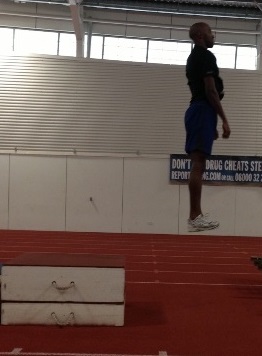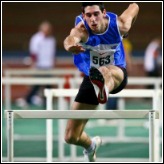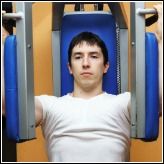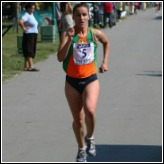Plyometric Boxes And Depth Jumps - A Match Made In Heaven
Wondering how to make the best use of plyometric boxes? Looking for a way to improve your power? Then you have come to the right place!
Plyometric platforms have been used for years as an aid to development muscular power. However, in my experience, boxes are not always used correctly. In fact, if you have never been instructed in how to use plyometric boxes appropriately, you are more likely to injure yourself than you are of getting more powerful.
How
Should You Use Plyometric Boxes?
Well, that depends on the exercise you are doing. Each exercise is executed slightly differently from the other. Here are a few exercises which utilizes plyo boxes:
- Vertical Box Jumps
- Depth Jumps
- Reactive Box Jumps
- Consecutive Box Jumps
Some exercises only call on the athlete to jump from the floor onto the box. Others demand that you fall from the box and then explode upwards or along. Still yet others ask that you work reactively from each contact. Each of these ways of training requires you to employ a different technique for it to be effective and safe. For that reason, in this article I will only go in depth on one of the exercises which use plyometric boxes. The exercise is…
Depth Jumps
The depth jump is probably the purest of all plyometric exercises. The idea behind this method of training is the utilization of the kinetic energy accumulated by the free falling body of the athlete during a drop from a specific and predetermined height.
It is an exercise which is used all over the world and has many variations however, from a purist point of view and simply put, the depth jump is a vertical double leg jump, after a drop from a height. The exercise makes use of plyometric boxes and is used to develop:
- Explosive strength,
- Reactive abilities and
- Maximum strength.
Due to its severity on the neuromuscular system, this method of training is only advised for elite level athletes with an extensive training history behind them.
The jump looks simple but it is quite a complex exercise and as explained earlier, if the jump is performed incorrectly it will not only lessen the training effect of the exercise it could also be an injury risk to the knee and lower back.
The Drop Phase
The fall from the box is an important part of the jump because it sets up the execution of the whole exercise:
- You should step forward with one leg at the beginning of the fall and as you do so bring the other leg forward to joint it in flight;
- You should not bend the supporting leg as you step off – it must be straight;
- You should not jump from the box top, but drop forwards, falling perpendicular to the ground;
- Your arms are behind the body in preparation for the landing and take-off.
Landing Phase
- The initial landing should be accomplished with straight legs;
- You should land with both legs simultaneously, on the ball of your feet and then quickly lean back on your heels;
- Your legs should flex (yield) to cushion the fall.
Take-off Phase

- The time it takes from the yielding to take-off is very quick;
- From a psychological point of view the yielding and take-off actions should be seen as one very powerful movement;
- Your arms which are behind your body in preparation should now swing powerfully forward with an upward thrust as your legs extend with the utmost force;
- To reach the highest point in flight after the take-off, you should have a target to aim for. Having this goal will make all the difference to the effort from the ground.
You should begin performing depth jumps from a box height of 40 – 50cm and then gradually work your way up to as high as 75cm. You should also never do jumps when you are tired, sore from some other training or if you are recovering from injury. However, I am sure you will agree that plyometric boxes and the depth jump are a match made in heaven!
Sign Up For The Latest Track And Field News And Improve Your Athletic Performance!
From "Plyometric Boxes And Depth Jumps - A Match Made In Heaven" Back To "Faster, Stronger, Better – Your Shortcut To Improved Athletic Performance"
Learn more about plyometric training







